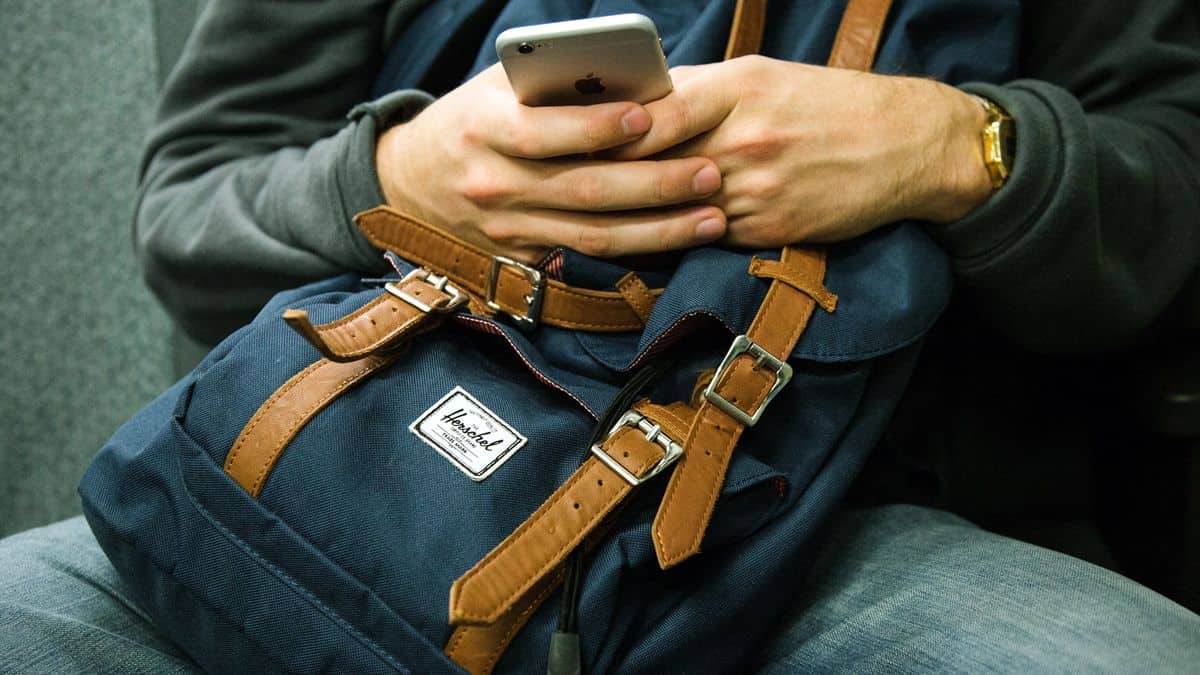Starting UX research can happen at various points of the product cycle depending on the demands and budget of the project. Most designers, however, find it tricky to begin designing without some form of insight from user research. While methods of user research vary with each having their pros and cons, user interviews can be a very useful tool in achieving an understanding of the overall context by exploring users’ general attitudes and how they think about particular problems.
Whether it’s a website, a mobile application, or everyday consumer products, the need to understand the user’s needs, perspectives, problems, and mindset has been emphasized over and over again. Designers are now problem-solvers striving to step out of ‘designer mode’ and into the shoes of the user. Some of us have already taken the leap from ‘Mobile First’ to propose ‘User First’ (although arguably, the former was essentially about putting the user first anyway).
Conducting user interviews might be daunting to some, especially if you’re one of those who prefer to just get things done behind the computer screen. It’s also one of those important skills that they don’t usually teach in school. To help you get started, here are 10 tips for conducting better user interviews on mobile use.
1. Get Into The Mood
Ever heard of that study on how speaking a different language switches your personality? It sort of works the same here. When going from ‘Designer Mode’ to ‘Researcher Mode’, it helps to begin by clearing your mind of the lingo. Spend a little time before the user interviews talking to non-designer people. Call your mom, for instance, she’d be happy to hear from you.
2. Prepare Well… Really Well
It’s quite likely that you’ve already prepared a set of questions for the user interviews – who hasn’t, right? And it’s looking like a nice long list, ranging from background related questions to more specific questions about their mobile device usage, the kind of apps they use, and so forth.
Try not to read this list of questions out loud to the participant. Memorize them, incorporate them as part of a casual conversation in which you’re simply a curious human being wanting to know more about them, and how they relate to your subject of interest.
3. Relax… And Smile
A former colleague of mine, who was the UX consultant for a gestural interaction research project I was previously involved in, once told me that participants would usually walk into the lab looking like they’ve just seen a ghost. While unicorns make the occasional appearance amongst the UX community, ghosts are not commonly heard of.
Putting mythological creatures aside, what can be taken from my former colleague’s remark is that from the beginning of the interview, we can expect research participants to be nervous, confused, tensed, or any combination of the above emotional states. They’d be afraid to ‘say the wrong thing’, even though the wrong thing doesn’t exist. It’s ultimately up to you to create a comfortable and relaxed setting. Make use of your gorgeous smile (but don’t over-smile such that it becomes contrived!).
4. Be Responsive
It’s not always easy being charming and that probably didn’t come with the job description. But learning to respond appropriately and provide adequate feedback while remaining neutral is crucial to conducting successful user interviews.
A large part of it really relies on your intuition to know whether the participant is feeling comfortable or has something more to say or if they’re just babbling out for fear of silence.
Respond accordingly, whether it’s a “mmm-hmmm”, or paraphrasing the last thing they said to clarify their answers, or probing them further. If you’re not sure what they’re saying, just ask.
5. Don’t Judge
A good friend of mine who’s a tech support guru would often IM me about funny requests from his users and we’d spend at least 5 minutes LOL-ing and making up ridiculous scenarios to them.
When conducting user interviews, don’t ever be like us. Some of the answers that you’ll get will be shocking, hilarious, unpleasant or appalling because these are real people with real life experiences, not personas drawn up on the drawing board.
Whatever you do, don’t let it show. As difficult as it may be, stay neutral. Keep your tone calm and collect. It’s not just about saving your research, it could be preventing emotional distress in others.
6. Have A Backup Plan
Participants will drop out, for good reason or no reason at all. Sometimes, participants may just come in and leave without actually giving you any valuable information. I’ve had the interesting experience of conducting an interview with a participant who basically tried to steer the entire conversation towards getting to know me. Flattering, but not very useful at all.
Things happen and sometimes, there’s no real way to prevent them. The best we can do is to anticipate and to have a backup plan. Recruit more participants or have some on standby. Record your sessions even if you’re convinced that you have a great memory. Try to choose a recorder that is less visible but always inform your participants that you’re recording.
7. Let The User Use
The great thing about doing research on mobile users is that it’s quite likely that they have the very device in their pockets there and then. It’d be kind of weird if a participant deliberately leaves his/her mobile device behind on the way out to an interview session about mobile use.
In some cases, it might be useful to have the participant support their answers to some questions by showing you what exactly they meant by using their actual mobile devices.
8. Ask Open Ended Questions
A friend of mine is always complaining about how he can’t seem to connect with people and can never hold conversations with anyone. After observing him one evening at a social event, I realized that he tends to ask close-ended questions that either make him seem very uninterested or leave the other party with no choice but to chatter away awkwardly or to excuse themselves.
For instance, instead of asking, “What kind of beer do you like?”, he would ask, “Do you like beer?” The possible answers to his question are quite obvious. Particularly so if the other person is already holding a beer in their hands.
When conducting user interviews, stick to the WWWWWH: Who, What, Where, When, Why, How. Ask open-ended questions that give the participants room to answer freely. Don’t let your participants shut the interview down with conversational closers.
9. Stick to The Time Plan
While some participants tend to clam up and leave you, the researcher, in a slight panic, others tend to go on forever. If you’re like me, someone who simply can’t tell others to stop talking, this is going to be a real problem. User interviews can exhaust you and potentially leave you with tons of information except the ones you seek.
Everyone has a natural rhythm of speech. We talk, pause, take a breath, repeat ourselves, and so on. Learn to catch the natural rhythm of your participant’s speech and to interrupt in the least interruptive way possible so as to steer him/her back to the subject.
Also, don’t schedule too many user interviews in one day. You’ll burn out before the last one begins.
10. Exit smoothly
Ultimately, you’d want the participants to feel like they’ve been a valuable help to your project (which is exactly what they are). Thank them and express the importance of the insights they’ve provided for the betterment of the product. After all, it’s the product that has been undergoing test and not the user.
It’s true that users don’t always speak the truth or know what they want and that making major design decisions based on the opinions of users given during interviews may not be the wisest of choices. However, user interviews have their value in helping to understand context and attitudes. In fact, you’re also likely to uncover problems and issues that haven’t yet occurred to your team. Finally, it’s up to you, the researcher, to find the right combination of research methods that’ll give you the optimal data you need.
The best way to ensure that your mobile apps are truly user-friendly is to test your designs with users and iterate based on real data. Proto.io lets you easily create fully interactive mobile app prototypes that you can download to your devices and test on the go. The best part? No coding required. Start your free trial today.










